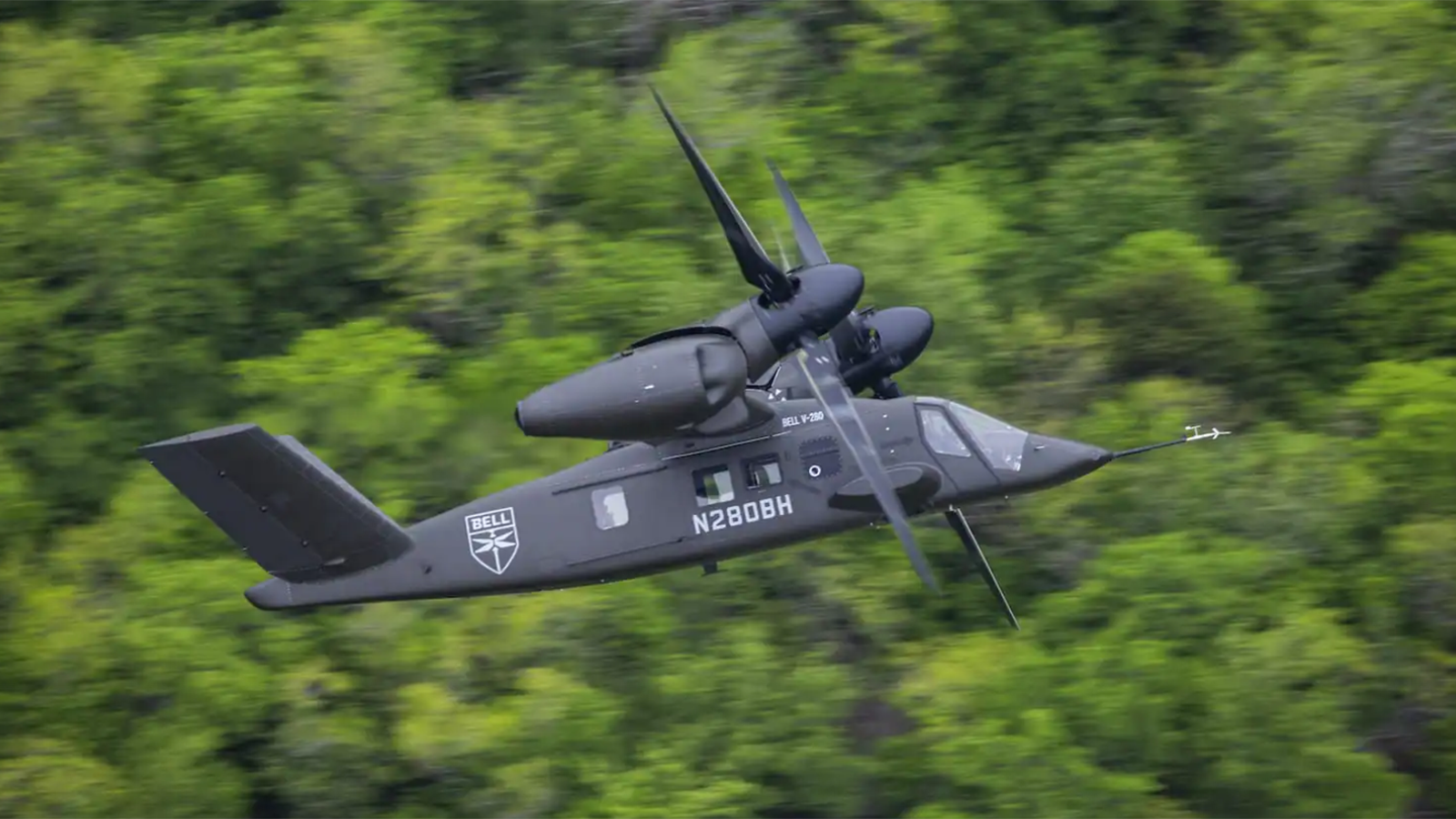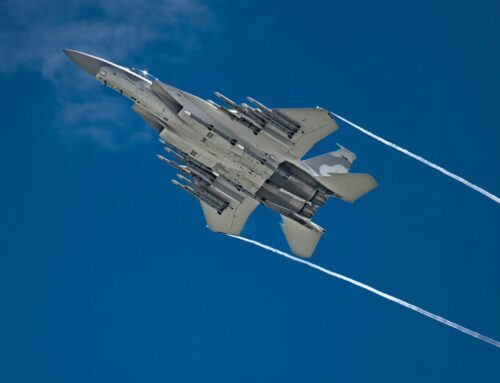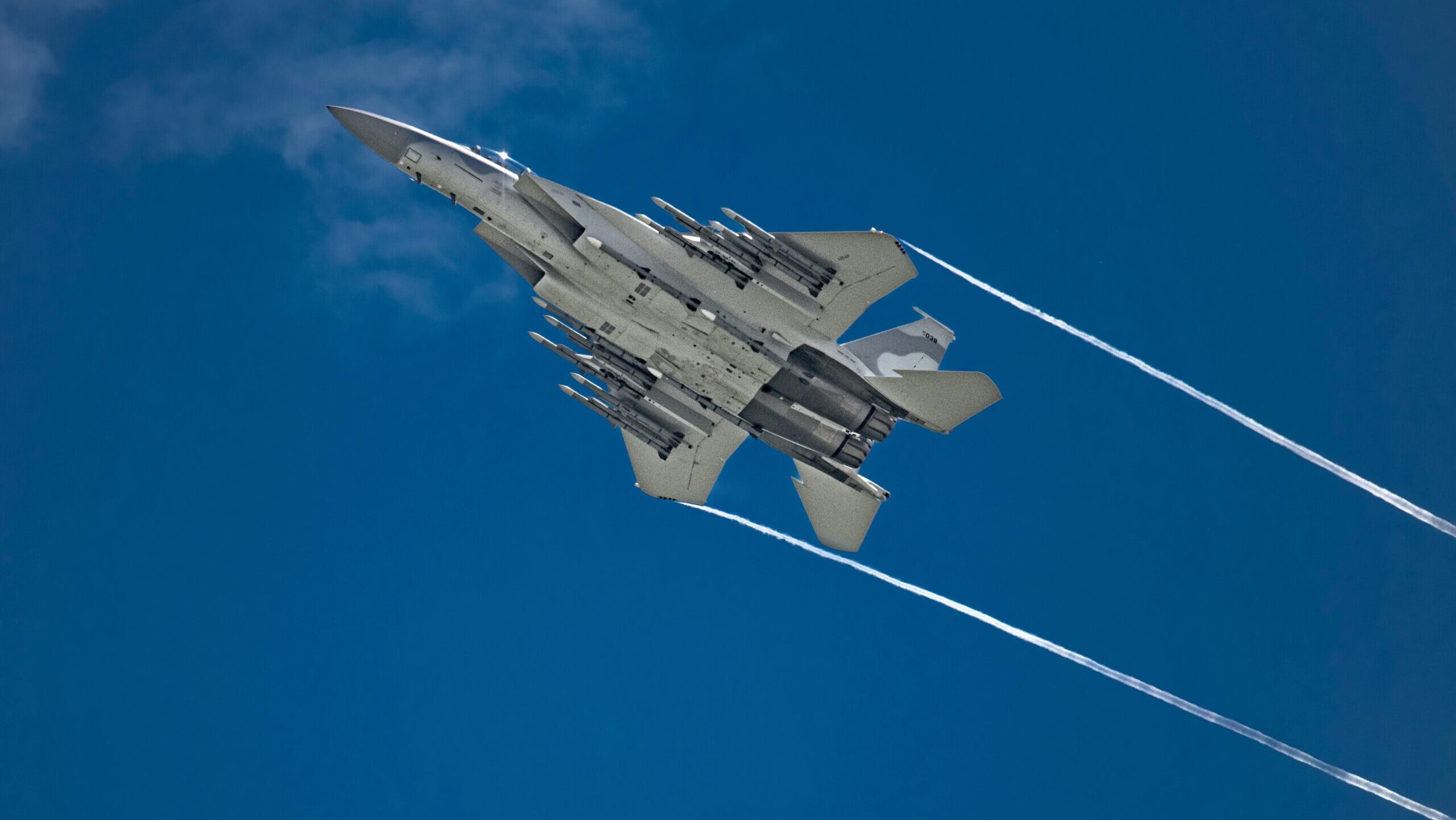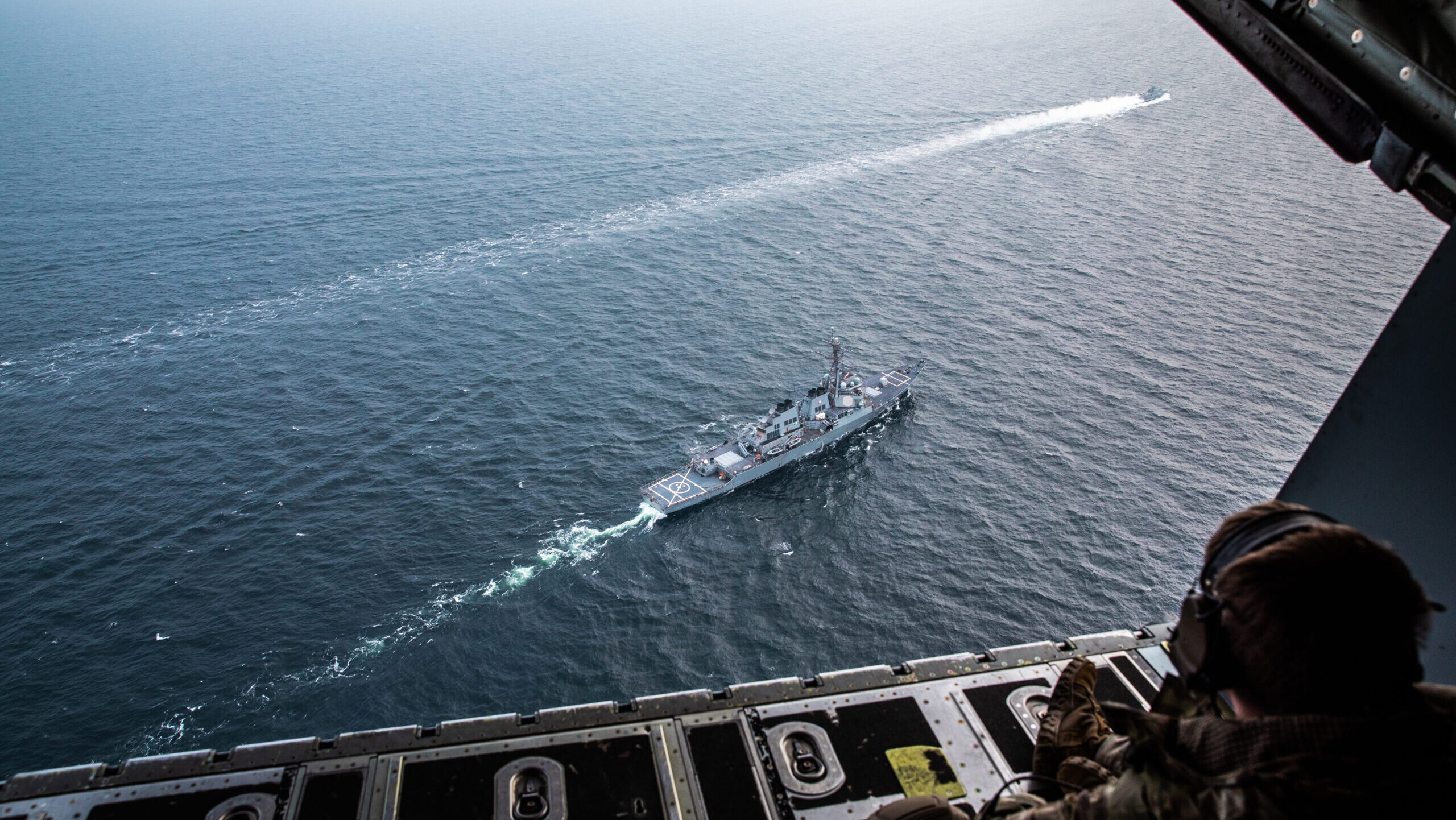Bell’s V-280 Valor won the US Army’s Future Long-Range Assault Aircraft competition (Bell)
LANDFORCES 2024 — A top executive with Bell Textron will meet Friday with Australia’s Army chief, Lt. Gen. Simon Stuart, to push forward what may be a long campaign to convince the Lucky Country it needs the V-280 Valor tiltrotor.
It’s an ambitious move by Bell, who won the right to produce the V-280 for the Army’s Future Long-Range Assault Aircraft (FLRAA) effort in December 2022. But Carl Coffman, vice president for military sales at Bell Textron, told Breaking Defense in an interview that the company believes Australia’s geography and mission sets fit the Valor’s capabilities perfectly.
“This is a huge country. And then you take a look at the force structure of the Australian Defense Force, and look at their posture, and there’s two challenges you have. One is your deployment to secure the homeland, the Australian continent, and [two is] the movement of forces strategically to accomplish that,” Coffman said during the Land Forces 2024 conference.
“Most of your force structure is on the outer perimeter of the country, and in the middle of the country is a whole lot of very demanding terrain, and a lot of not very much, right? So I’ve got to be able to move my force structure internally very rapidly around this country in order to to defend it.”
The executive noted that the Australians are already familiar with Bell’s V-22 tiltrotor and the capability that brings, because of the US Marine force that rotates in and out of Darwin in the north of the country. Australia, faced with fires and floods across vast areas, often calls on its military to assist with those rescue and response missions. And it regularly provides assistance to countries across the Indo-Pacific.
The V-280 responding to disasters and threats in the island archipelagos north of Australia would provide flexibility and lift that conventional helicopters can’t provide, Coffman argued said.
The V-280 is not ready for sale yet, of course. The program just entered the engineering, manufacturing and development phase in the United States, with the company hoping to get soldiers into the cockpit in 2030. Before that date, the company plans to build six prototype aircraft and two user test aircraft. “We expect to fly our first prototype test vehicle (PTV) in 2026,” he said. The aircraft has been modified to incorporate changes requested by Special Operations Command, including a refueling probe capability in the nose.
Coffman said that a potential sale would probably occur through the US Foreign Military Sales (FMS) program. He added that he’d already met this week with the chief of Army Aviation, Maj. Gen. Stephen Jobson, whom he said appeared to respond positively.
Coffman didn’t mention it, but Australia’s Special Air Services often operates with US forces and might be attracted by an aircraft that can fly vast distances at speeds much faster than a helicopter and is already rigged for use by special operators.










